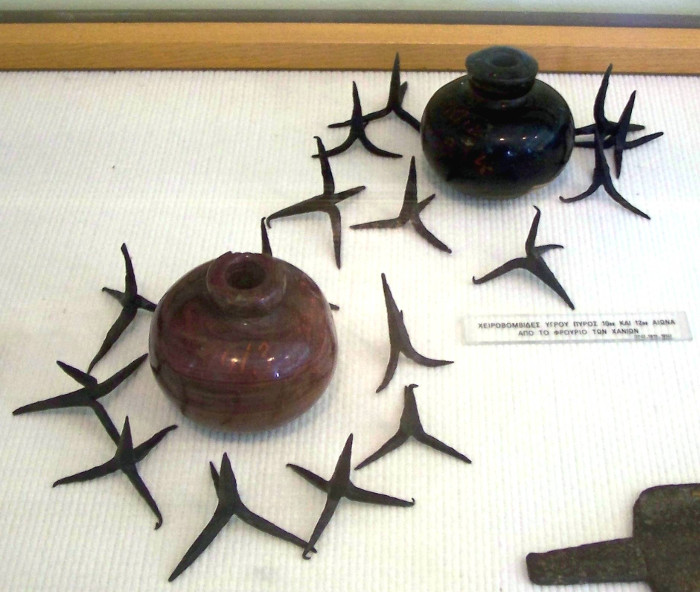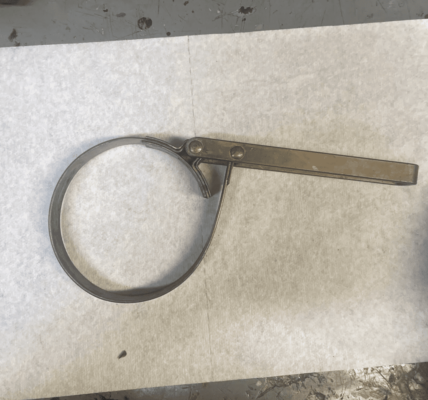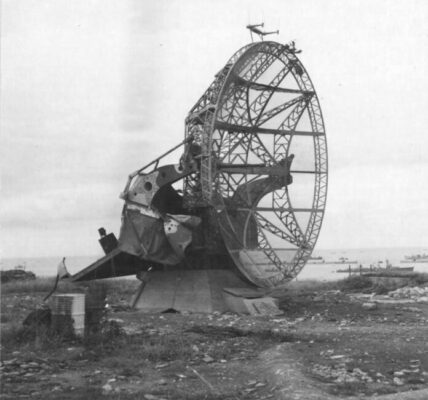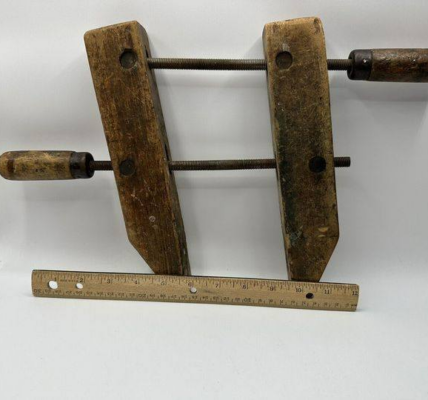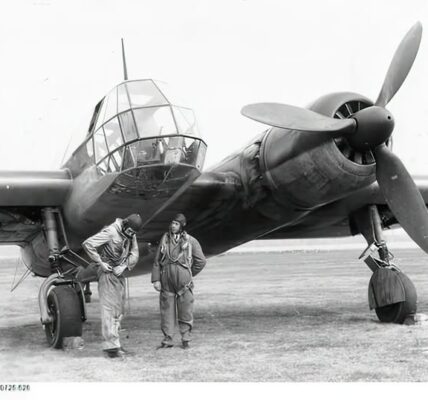In the vast history of warfare, numerous weapons have shaped battles and determined the fate of armies. Among these, the caltrop stands out for its deceptive simplicity and surprising effectiveness. This small, spiked device has played a crucial role on battlefields across the world for centuries, leaving its mark in both ancient and modern military strategies. The story of the caltrop reveals how even the simplest tools can have a powerful impact in the heat of battle.
What is a Caltrop?

A caltrop is a spiked device made up of four sharp prongs, designed so that when it is thrown or scattered on the ground, one point always faces upwards. This ingenious construction made caltrops an ideal weapon for slowing down troops, cavalry, and even vehicles. Their effectiveness lay not in their size or complexity but in their ability to create chaos and impede enemy movement, making them a favored tool in both offensive and defensive military tactics.
A History as Old as Time
The origins of the caltrop can be traced back to ancient civilizations. Historical evidence shows that the armies of ancient Greece, Rome, and China employed caltrops in their warfare strategies. These simple, spiked devices were especially effective against cavalry, as horses stepping on caltrops would suffer painful injuries, rendering them incapable of continuing in battle. Armies that relied heavily on cavalry often found themselves at a disadvantage when faced with these small but formidable obstacles.
Caltrops were known by different names in various cultures. The Romans referred to them as tribulus, meaning “thorn,” while in China, they were called jili, which translates to “sharp spikes.” Despite the differences in name, the basic design remained the same, and the weapon was used to great effect across different regions of the world.
More Than Just a Battlefield Weapon
While caltrops were undeniably useful on the battlefield, their application extended beyond direct combat. They were commonly used in defensive strategies, often scattered around fortifications, gates, and strategic locations to deter enemy troops from advancing. In sieges, defenders would lay out caltrops in large quantities, creating an invisible, treacherous field that attackers would be forced to navigate, significantly slowing down their progress.
The use of caltrops wasn’t just limited to military engagements, either. Historical accounts suggest they were sometimes employed by individuals or small groups in acts of sabotage or escape, laying them down to disrupt pursuers. In both large-scale conflicts and smaller skirmishes, the caltrop proved to be a highly versatile tool.
Materials and Construction: Simplicity at its Core
The effectiveness of the caltrop lies in its simple, yet brilliant design. Traditionally, caltrops were made from iron or other sturdy metals. The spikes were forged into a shape that guaranteed that at least one sharp point would always face upward, regardless of how the device landed. This feature made it easy to scatter caltrops quickly without worrying about their orientation or effectiveness.
The simplicity of their design also meant they were inexpensive and could be mass-produced. Armies could easily carry large quantities of caltrops, scattering them over broad areas in anticipation of an approaching enemy. Their low cost and ease of production made them a staple in the arsenal of many ancient and medieval armies.
The Significance of the Caltrop in Warfare
What made the caltrop so effective was its ability to damage and disrupt without requiring direct combat. Scattering caltrops across a battlefield could deny access to crucial areas, force enemy troops to change their path, or slow down advancing forces. The psychological impact of caltrops was also significant—troops and cavalry knew that stepping on one of these spikes could result in painful injuries, if not outright immobilization.
In some cases, retreating armies would scatter caltrops behind them to slow down pursuing forces, buying valuable time to regroup or escape. Caltrops also had the advantage of being difficult to spot in the heat of battle, blending in with the terrain and creating uncertainty for advancing troops.
The Image: A Glimpse into the Past
The image of caltrops alongside what appear to be ancient ink pots evokes an interesting juxtaposition, reminding us that while caltrops were tools of war, they were also part of a broader context of strategic planning and documentation. Ancient warfare involved not only weapons but also the careful recording of battles, tactics, and victories. The ink pots symbolize the documentation of military history, while the caltrops stand as physical remnants of the conflict itself.
The caltrops in the image, with their menacing spikes, serve as a stark reminder of the brutal realities of warfare in ancient times. These small yet powerful devices played a pivotal role in many battles, often turning the tide by disrupting enemy forces.
The Caltrop’s Enduring Legacy

Though caltrops are no longer widely used in modern warfare, their legacy lives on. Their effectiveness as a tool of disruption and their simplicity in design have inspired modern adaptations. Anti-vehicle caltrops, for instance, have been used in various forms to disable tires on enemy vehicles or even in crowd control situations.
Caltrops continue to be studied and admired as examples of how basic, low-tech solutions can still have a significant impact on complex problems. The ingenuity behind their design is a testament to the resourcefulness of ancient warriors who had to rely on such tools to gain strategic advantages.
Conclusion: A Simple Weapon with a Powerful Impact
The caltrop may seem like a small, unremarkable device at first glance, but its impact on the history of warfare is undeniable. Its ability to slow down, injure, and disrupt enemy forces without the need for direct confrontation made it a valuable tool for ancient armies. Whether used in battle, defensive sieges, or as part of a retreat strategy, the caltrop demonstrated that sometimes the simplest tools can be the most effective.
As we reflect on the enduring legacy of the caltrop, it serves as a reminder of the resourcefulness of ancient societies. In an era where warfare was often about brute strength and larger-than-life weapons, the caltrop stood out as a humble yet devastatingly effective tool—proof that innovation and simplicity can go hand in hand when it comes to changing the course of history.
